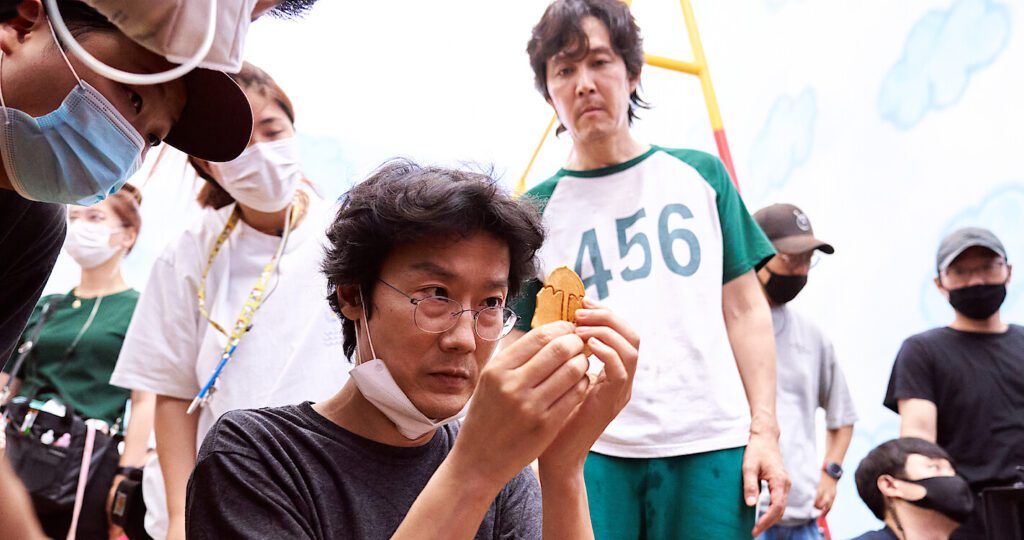Game designers are responsible for creating the worlds we play in, and they follow a process that involves pre-production, production, and post-production stages. The pre-production stage is where ideas are developed, and a game concept is born. After that, the production stage begins where the game is actually built. Finally, the post-production stage involves testing and debugging to make sure the game runs smoothly and doesn’t have any glitches or bugs. Game design is a collaborative effort among designers, programmers, artists, and sound engineers that brings ideas to life and creates the worlds we love to play in.
Behind the Scenes: How Game Designers Create the Worlds We Play In
Introduction
Games have been around for centuries, evolving from simple board games to complex virtual worlds that we can inhabit. Game designers are responsible for creating these worlds and building the games we love to play. They do this by following a process that involves pre-production, production, and post-production stages. In this article, we’ll take a closer look at how game designers make games from start to finish.
Pre-Production
The pre-production stage is where ideas are developed and a game’s concept is born. It’s the first step in the game design process and involves research, planning, and brainstorming. The game design team will come up with ideas for game mechanics, characters, levels, and storylines. They will create a design document that outlines the game’s concept, goals, and objectives. This document will act as a guide throughout the entire design process.
Concept Art
Once the game’s concept has been established, the next step is to create concept art. This involves creating sketches and drawings of the game’s characters, environments, and objects. The concept art helps to give the game a visual direction and sets the tone for the rest of the design process.
Prototyping
After the concept art has been created, it’s time to create a prototype. This is a rough version of the game that helps the team test out mechanics and make changes before going into full production. Prototyping can take many forms, from simple paper and pen sketches to fully functional digital prototypes.
Production
The production stage is where the game is actually built. The design team will use the design document and the prototype to create the game’s mechanics, levels, and characters. This is where the coding, sound design, and graphics all come together to create a playable game.
Coding
Coding is a crucial part of game production. It involves writing the game’s code in a programming language such as C++ or Java. The code tells the game what to do and how to respond to player input.
Sound Design
Sound design is another important aspect of game production. It involves creating sound effects and music that enhance the game’s atmosphere and give players feedback on their actions.
Art and Graphics
The art and graphics of a game are what give it its visual style. The design team will create 2D or 3D models of the game’s characters, environments, and objects. They will also create textures and lighting effects to make the game look more realistic.
Post-Production
Post-production is the final stage of game design, where the finishing touches are added to the game. This involves testing and debugging to make sure the game runs smoothly and doesn’t have any glitches or bugs.
Testing
Testing is a crucial part of game design. The design team will playtest the game to ensure it’s fun and challenging for players. They will also look for bugs and glitches that need to be fixed before the game is released.
Debugging
Debugging is the process of finding and fixing bugs in the game’s code. This can be a time-consuming process, but it’s essential to ensure the game runs smoothly for players.
Release
Once the game has been tested and debugged, it’s ready for release. The game will be launched on various platforms, such as consoles, computers, or mobile devices.
Conclusion
Game design is a complex process that involves many stages, from pre-production to post-production. It’s a collaborative effort that requires a team of designers, programmers, artists, and sound engineers to create a cohesive and engaging game. By following a structured design approach, game designers can bring their ideas to life and create the worlds we love to play in.
